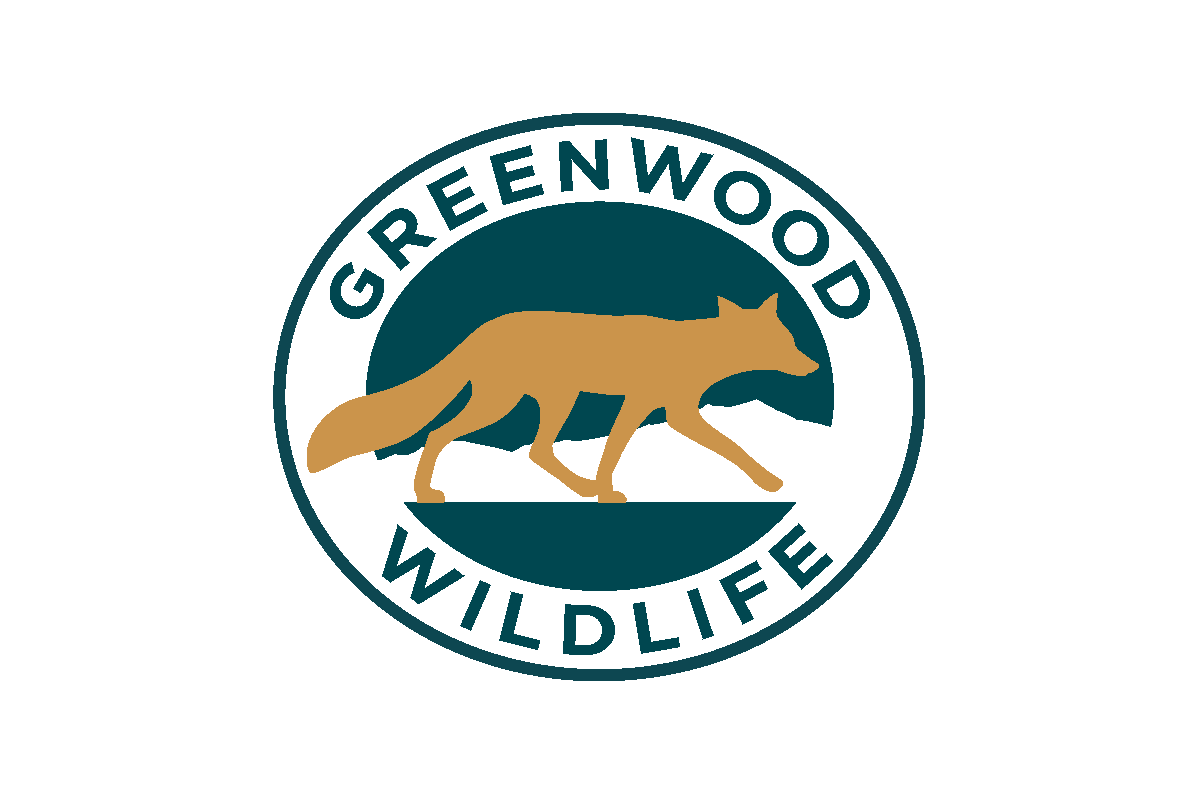Colorado is seeing more and more human-bobcat interactions. Habitat availability and a decrease in prey density in their natural ranges are just some of the reasons these cats are being sighted in more urban areas. It’s very important that you not only know how to identify a bobcat, but what to do if you run into one.
Identifying a bobcat
Bobcats are commonly mixed up with the lynx species as they look very similar at first glance. The bobcat is twice the size of a house cat and has a grayish-tan coat with black spots. They get their name from their short, 6-inch, stubby tail which is white underneath and black at the tip.
michigan.gov
Courtesy of Science and Research Branch, Ontario MNRF
Bobcats are a keystone species meaning they are environmentally important as they regulate prey communities and help control secondary consumers such as the White-tailed Deer and Eastern Cottontail. Herbivores can devastate lush prairies and riparian zones without predators like the bobcat to put their populations in check. .
If you encounter a bobcat in the wild, and you are at a safe distance away, simply enjoy the moment! These creatures are usually very elusive. Seeing one in the wild is a treat! If the bobcat is too close for comfort or acting aggressively, use these tactics to scare them off:
- Make a lot of noise by clapping, yelling, and whistling.
- Keep as much distance between you and the animal as possible
- Don’t run away
Sightings in Colorado are becoming more frequent. It’s important to always be cautious and careful. Remember, bobcats are more scared of you than you are of them. Whether you’re on a hike or enjoying a walk with your dog, be aware of your surroundings. You never know what’s right around the corner.
Francesca Giongo

